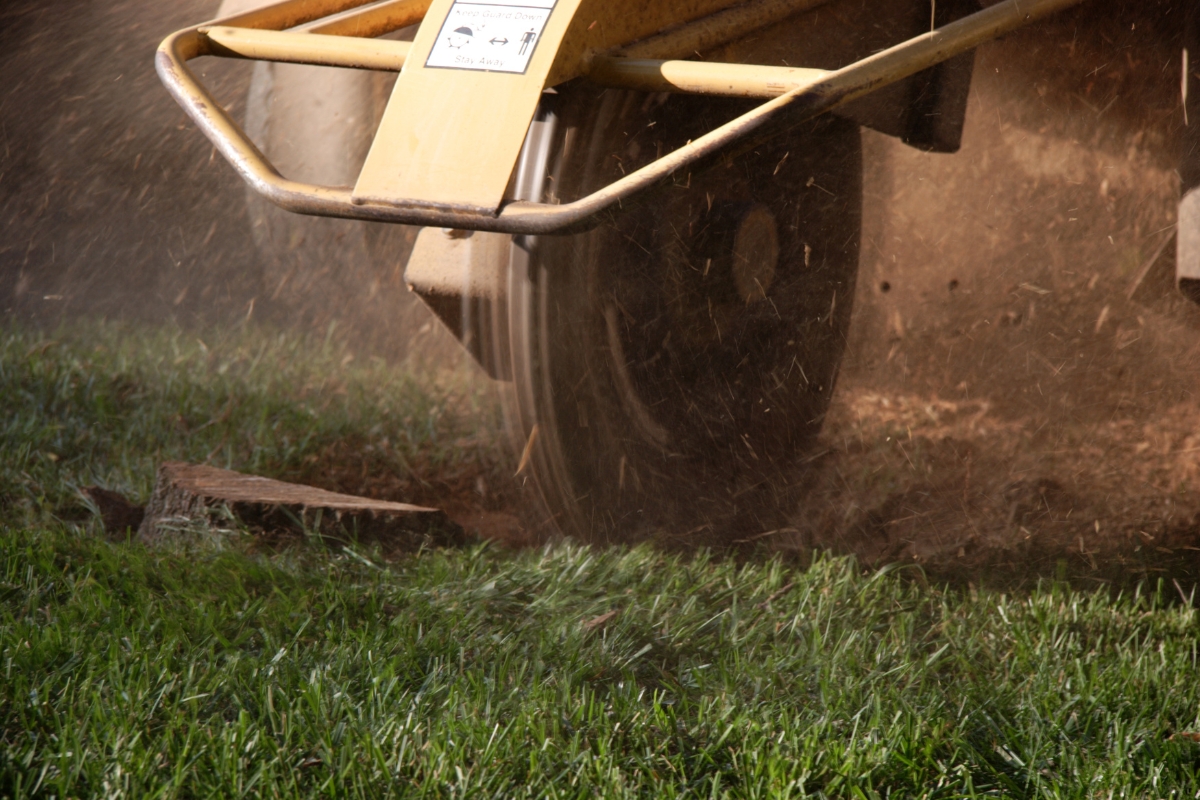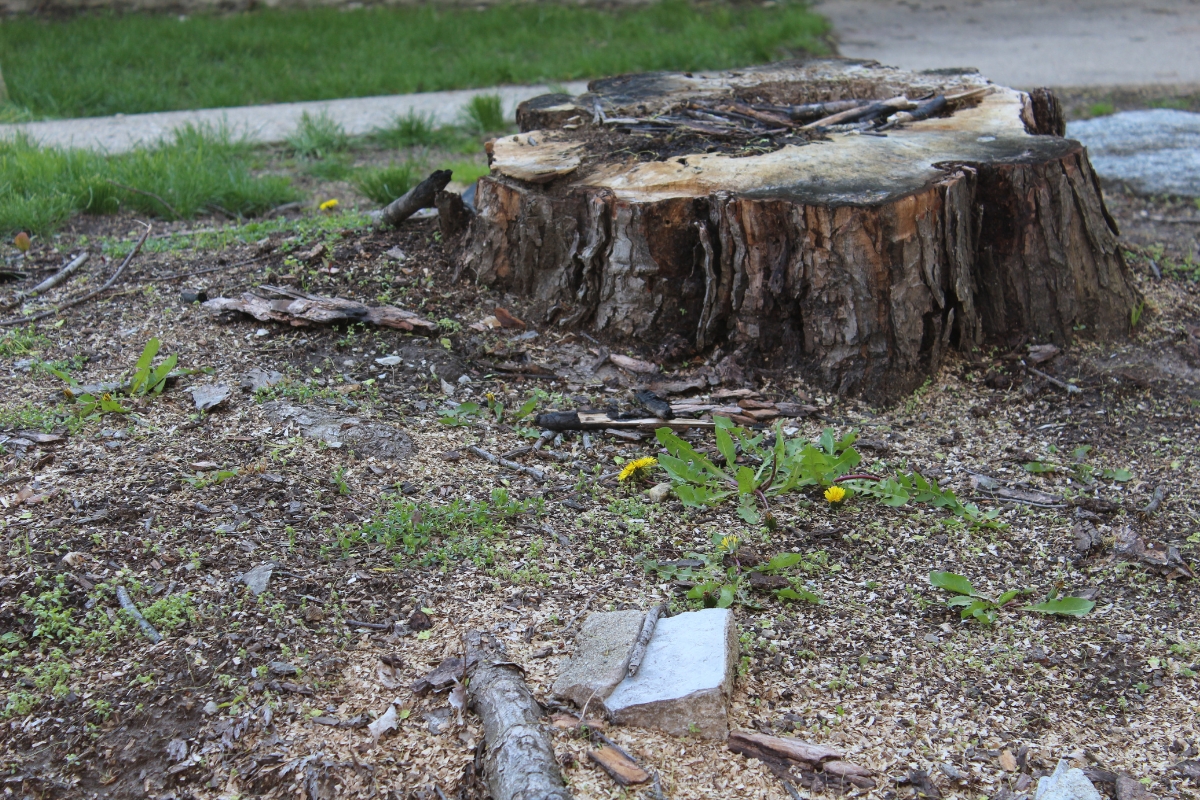
DIY Stump Grinding: When and How to Do It Right
Have you ever looked at an old stump in your yard and wondered if you could remove it yourself? Stump Grinding DIY might just be your weekend project. It’s not only about reclaiming your space but also about the satisfaction of doing it yourself.
Many homeowners hesitate, unsure if they have the skills or tools. In this post, we’ll guide you through the process, ensuring you know exactly when and how to tackle stump grinding effectively and safely.

Mastering Stump Grinding DIY: Comprehensive Guide for Homeowners
Undertaking stump grinding DIY can be a rewarding project, significantly enhancing the aesthetics of your garden while providing practical experience in basic landscaping. This comprehensive guide will walk you through every aspect of the process, from equipment selection to post-grinding landscaping, with additional safety and maintenance tips.
Equipment Selection: Tailoring to Your Needs
Choosing the right equipment cannot be overstressed. In addition to size and power source, consider the grinder’s accessibility features. Some models are designed for rugged terrain, while others might be more suitable for flat, open spaces. Rental options often provide a demonstration or a brief training session, which can be invaluable, especially for first-timers.
Site Preparation: Laying the Groundwork
Effective site preparation extends beyond clearing debris. If the stump is located near fences or buildings, extra caution is needed to avoid any structural damage. Establishing a perimeter with cones or tape can alert others to keep their distance, ensuring safety throughout the operation.
Grinding Process: Techniques and Tactics
When grinding, adopt a pattern that covers the entire stump surface. Begin from the outer edge and spiral towards the center. This method ensures even grinding and prevents the grinder from becoming stuck. Occasionally, stop to clear away the wood chips if they start to pile up, as this can hinder your visibility and the grinder’s efficiency.
Debris Management: Beyond the Basics
While wood chips are commonly used as mulch, they can also serve other purposes in your garden. For instance, they can be used to create pathways, reduce mud in frequently walked areas, or even as a base for a compost pile. Creatively using this byproduct not only saves disposal costs but also benefits your garden’s ecosystem.
Finishing Touches: Restoring and Enhancing Your Landscape
Once grinding is complete, consider the long-term health of your garden. Soil enrichment with compost and a slow-release fertilizer will encourage robust grass growth. If you’re looking for a change, this might be an ideal time to consider planting a new tree or shrub in place of the old stump.
Additional Tips for a Seamless Experience
- Regular maintenance of the grinder is essential. Check the oil and inspect the blades for wear before each use.
- If the stump is particularly large or located in a challenging area, consider consulting with a professional before proceeding. This might prevent potential injuries or damage to your property.
- Remember, stump grinding is noisy. Inform your neighbors beforehand to maintain good relations.
This guide is designed to empower you with the knowledge and confidence to tackle stump grinding effectively as a DIY project. With thorough preparation, appropriate equipment, and a focus on safety, you can transform your landscape while enjoying the satisfaction of a job well done.

Safety Reminders
It’s vital to prioritize your safety by wearing appropriate attire. Long pants and sturdy boots are a must to protect your legs and feet from flying debris. Also, consider the environment: ensure there are no pets or children nearby who might wander into the working area.
